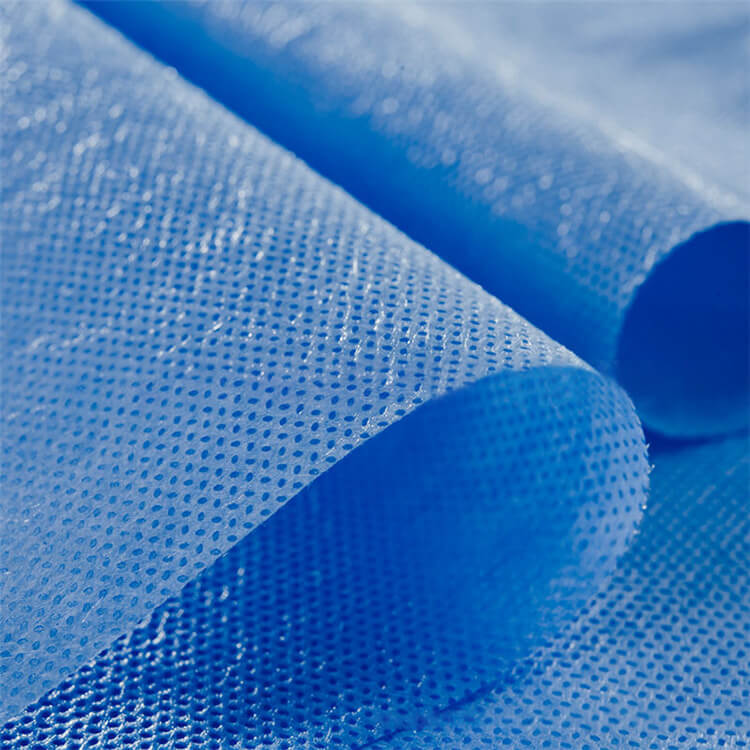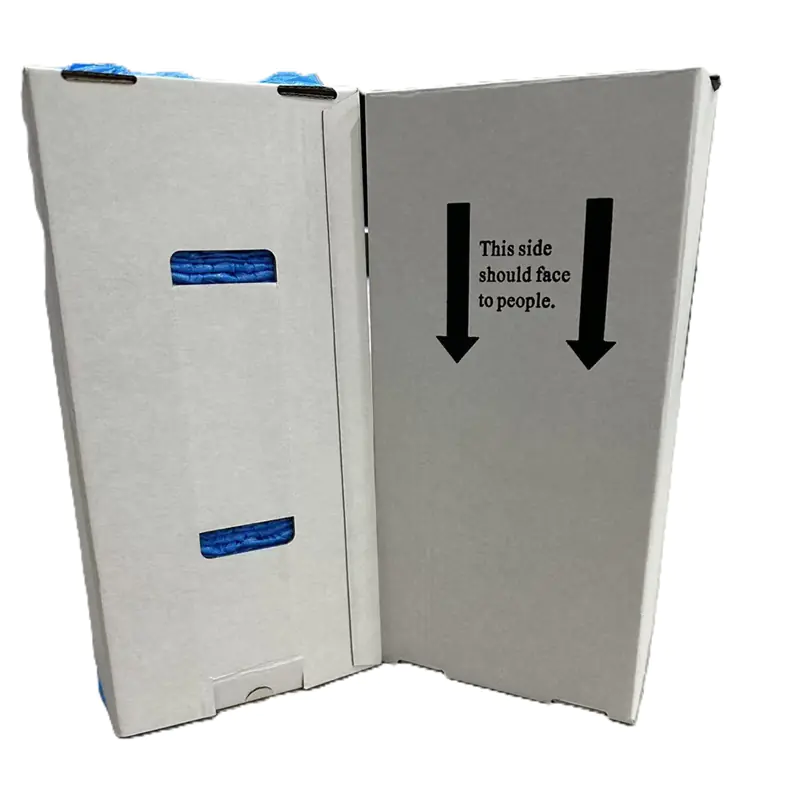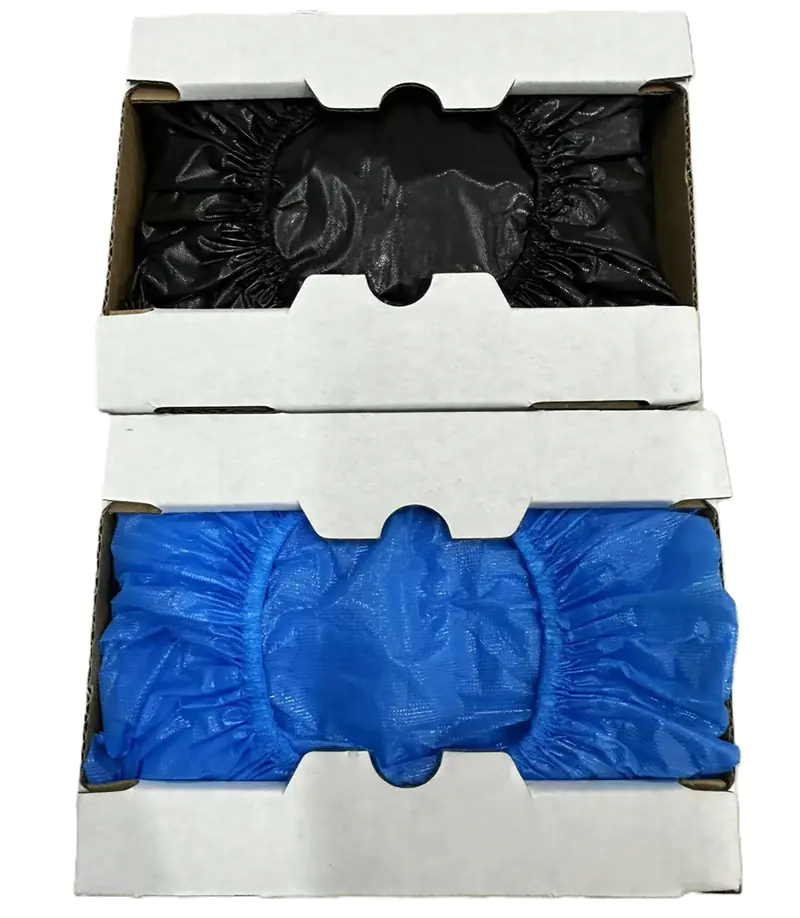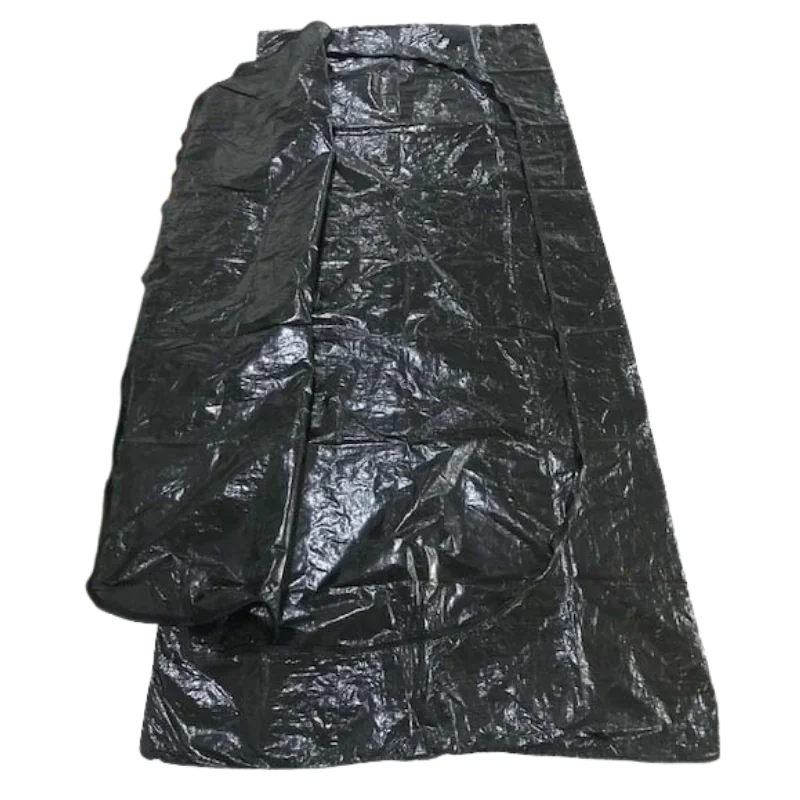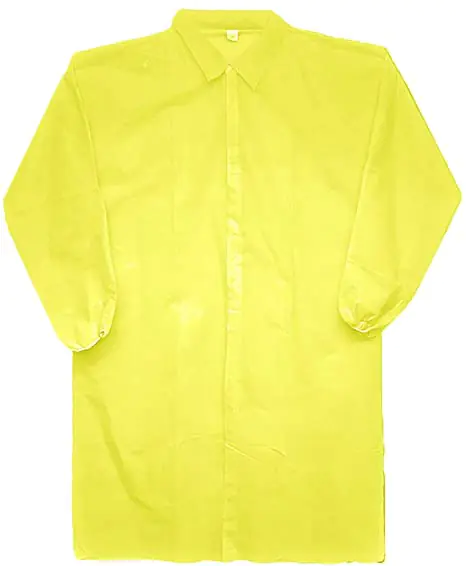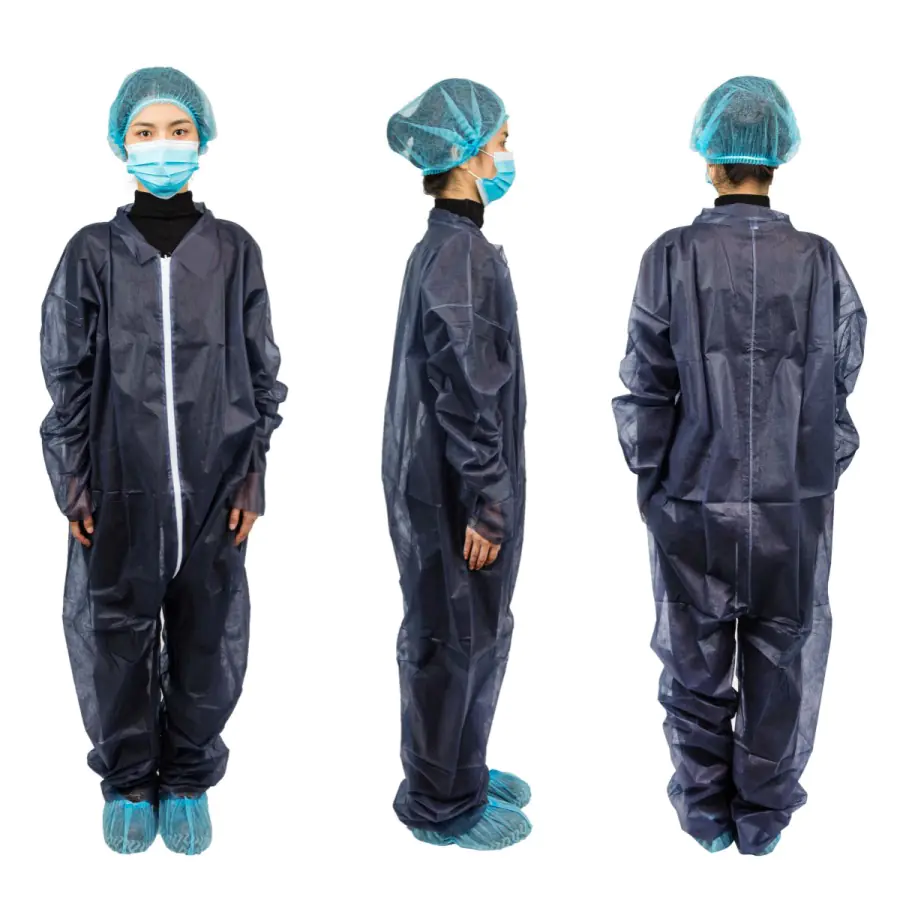Sometimes you see things like wet wipes. Or doctors wear light blue gowns. Many of these things are made from special stuff. This stuff is not like the cloth in your shirt. It is called nonwoven fabric.
Two kinds of nonwoven fabrics are spunlace et spunbond. Their names sound a bit the same. But they are made in different ways. They also feel different. They are good for different jobs. It helps to know how they are different. This can help you pick the right one. Let’s learn about spunlace et spunbond!
What Are Nonwoven Fabrics?
First, what is a nonwoven fabric? Most cloth, like for your clothes, is woven. Threads go over and under each other. Or they are knit, with loops of thread. Nonwoven fabrics are not like that.
- They are made from tiny bits called fibers.
- Le fibers are not woven. They are stuck together in other ways. Some use heat. Some use sticky stuff. Some even use water!
- This way of making them is fast. It often costs less too.
- We use nonwovens in many things. For example, a disposable non woven apron can be made from this.
Now, let’s look at spunlace et spunbond.
What is Spunbond Material?
Spunbond is a common kind of nonwoven fabric. It is known for being strong.
How is Spunbond Made? Making spunbond is like this:
- Small bits of plastic are melted.
- This melted plastic is pushed through tiny holes. This makes long, thin threads. It is like a spider making a web!
- These long threads are laid on a moving belt. This makes a flat sheet.
- Then, this sheet of threads is stuck together. Heat and pressing are often used. It is like ironing them.
What is Good About Spunbond?
- Strong: Spunbond is pretty strong. It does not rip easy.
- Lasts: It is made to last for its job.
- Light: It is not heavy.
- Costs Less: It often costs less to make than other cloth.
- Lets Air Through: Some air can pass through it.
What is Not So Good About Spunbond?
- Not Very Soft: Spunbond can feel a bit stiff. It is not usually super soft like cotton.
- Does Not Stretch Much: It is not very stretchy.
What is Spunbond Used For? Spunbond is strong and does not cost too much. So it is used for many things:
- Shopping bags: The reusable bags from stores are often spunbond. Many people use strong spunbond nonwoven bags to carry their things.
- Medical gowns and masks: Some robes and face masks use spunbond. It is a good wall against germs.
- Farm covers: Farmers use it to couverture plants.
- Inside chairs: You might find it inside a sofa.
- Filters: It can be used to clean air or water.
What is Spunlace Material?
Spunlace is another kind of nonwoven fabric. It is very different from spunbond. It feels different.
How is Spunlace Made? Making spunlace is neat:
- First, short fibers are put together. These can be fibers from plants, like cotton. Or they can be man-made.
- These fibers are laid out. They make a soft, fluffy sheet.
- Then, strong, tiny sprays of water hit this sheet.
- The water sprays make the fibers tangle up. They twist around each other. This tangling holds the tissu together. No heat or sticky stuff is used here!
What is Good About Spunlace?
- Very Soft: Spunlace is known for being very soft. It can feel like normal cloth.
- Hangs Nicely: It falls softly, like a soft piece of cloth.
- Soaks Up Water: It is good at soaking up liquids.
- Strong When Wet: It stays strong even when wet.
- No Sticky Stuff: It is made with water. So it does not have glue chemicals.
What is Not So Good About Spunlace?
- Not as Strong as Spunbond: If you take spunlace et spunbond of the same weight, spunbond is usually stronger. Spunlace can be made stronger if it is thick.
- Can Cost More: Making spunlace with water sprays can cost more.
What is Spunlace Used For? Spunlace is soft. It soaks up water. So it is great for things that touch your skin:
- Wipes: Baby wipes. Face wipes. Cleaning wipes. These are often spunlace. Soft Serviettes de toilette jetables Spunlace are gentle on the skin.
- Medical Things: Cloth for cuts, like bandages. Some cloths used in doctor’s offices. For example, a Cagoule chirurgicale jetable en spunlace avec attaches is soft for long wear.
- Beauty Things: Face masks for skin care. Pads to take off makeup.
- Inside Clothes: Soft liners inside some clothes.
Main Differences: Spunlace vs. Spunbond
Let’s see the main differences side by side:
| How It Is | Matière Spunlace | Spunbond Material |
|---|---|---|
| How Made | Water sprays tangle fibers | Melted plastic makes threads |
| How It Feels | Very soft, like cloth | Stiff, like paper or plastic |
| How Strong | Good, but less than spunbond | Very strong |
| Soaks Up Wet? | Yes, good | Not very much |
| How It Looks | More like cloth, hangs well | More like a sheet |
| Cost | Can cost more | Often costs less |
When to Pick Spunlace?
Pick spunlace material when:
- You need something very soft for skin.
- Le thing needs to soak up water.
- You want a tissu that feels more like normal cloth.
- It is for wipes, medical clothsou beauty masks.
When to Pick Spunbond?
Pick spunbond material when:
- You need something very strong that lasts.
- Le thing does not need to be super soft.
- Cost is important. You need good stuff for less money.
- It is for covers, shopping bags, or some medical gowns. Things like a basic disposable non woven bed cover can be made from this.
Can You Use Both?
Yes! Sometimes, different nonwoven fabrics are put in layers. A thing might have a layer of spunbond to be strong. Then another nonwoven (like one called meltblown, good for filtering) in the middle. Then more spunbond. This is how some good masks et robes are made. This way, you get the best parts of each one.
To Sum Up
Both spunlace et spunbond are good nonwoven materials. But they are not the same.
- Spunbond is great for strength. It lasts long. It often costs less.
- Spunlace is great for softness. It feels like cloth. It soaks up water.
Le best one depends on what the thing needs to do. Now you know the difference! This can help you pick the right material. Then your product will work just right!

